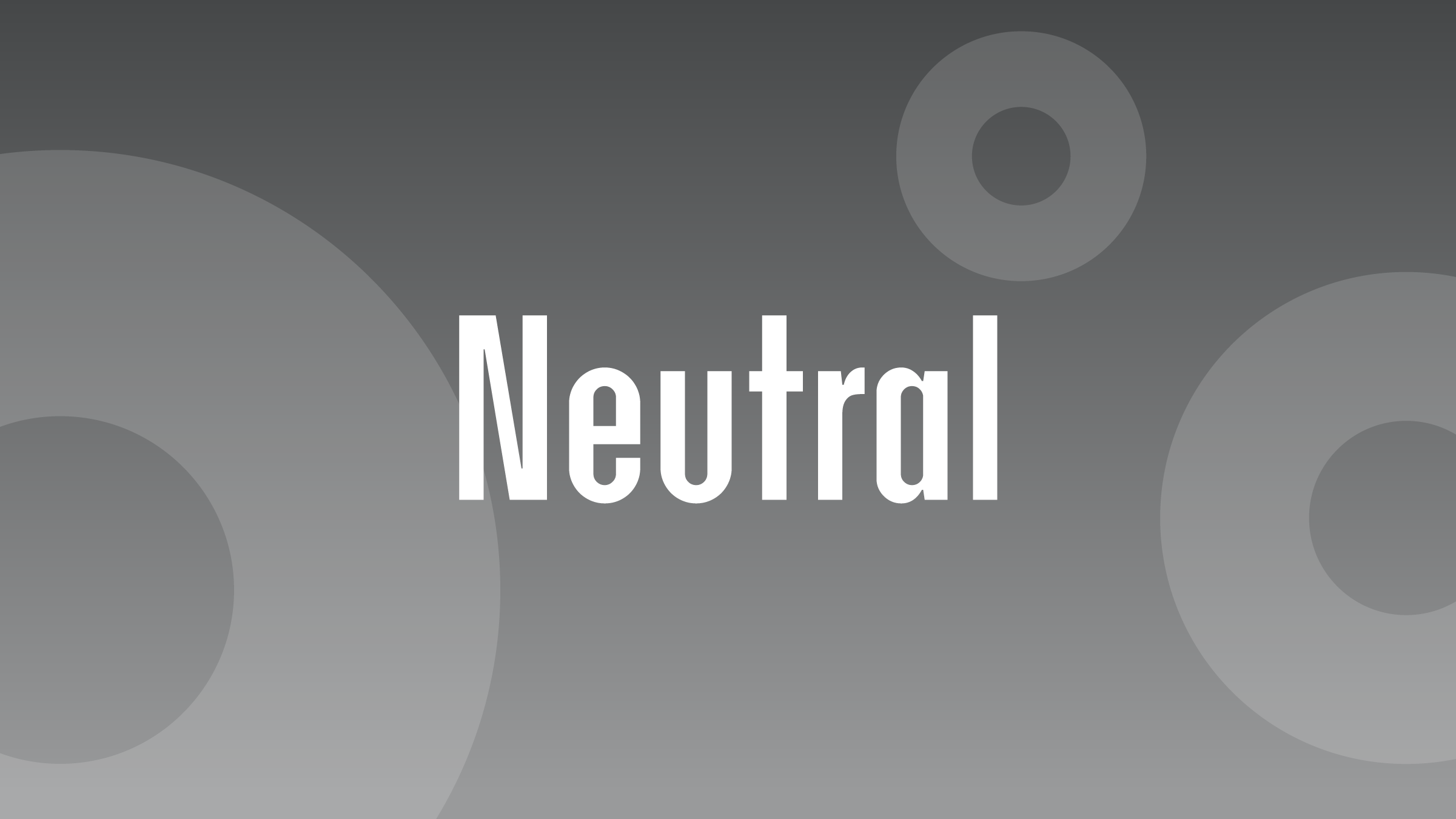Invesco QQQ Trust Performs Under Limitations
Excellent performance has masked construction deficiencies.

Invesco QQQ Trust QQQ admits only stocks that trade on the Nasdaq exchange, which arbitrarily restricts its opportunity set, breeds concentration, and casts doubt on the durability of its tremendous returns.
The rules underpinning the construction of the Nasdaq-100 Index, which this fund tracks, are borne out of Nasdaq’s desire to promote its exchange—not investment rationale. The benchmark plucks the 100 largest nonfinancial firms listed on the Nasdaq and weights them by market capitalization. It automatically excludes stocks listed elsewhere, which shrinks the fund’s opportunity set for no economic reason. Some of the large-cap market’s best recent performers, like Eli Lilly LLY and Merck MRK, are precluded from the portfolio because of their New York Stock Exchange listing. And should one of the fund’s marquee holdings move from the Nasdaq, the fund would have to sell it.
The fund’s Nasdaq-only remit precipitates sector concentration. Technology (49% of the portfolio), communication services (20%), and consumer cyclical stocks (15%) collectively represented between 80% and 90% of the portfolio over the past five years, a much heftier share than the Russell 1000 Growth Index. Companies within these sectors—and sometimes different segments within the companies—derive revenue from differentiated sources. Still, they are three of the market’s more volatile sectors, and their heterogeneous makeups don’t guarantee resiliency in challenging environments like 2022, when the fund slid further than the Morningstar Category index and most peers.
This fund weights stocks by market cap, with some modifications to reduce concentration. Market-cap weighting channels the collective market’s view on the relative value of each holding and curbs turnover. It’s a particularly sensible approach in the large-cap space. These stocks attract vast investor attention and tend to be priced fairly accurately.
Firm-specific risk remains a concern despite the modifications. The 10 largest positions have represented more than half of the portfolio since November 2016. Its top two holdings, Apple AAPL and Microsoft MSFT, constituted one fourth of the portfolio as of April 2023.
The author or authors do not own shares in any securities mentioned in this article. Find out about Morningstar’s editorial policies.

/s3.amazonaws.com/arc-authors/morningstar/30e2fda6-bf21-4e54-9e50-831a2bcccd80.jpg)
/cloudfront-us-east-1.images.arcpublishing.com/morningstar/AGAGH4NDF5FCRKXQANXPYS6TBQ.png)
/cloudfront-us-east-1.images.arcpublishing.com/morningstar/PEXHY2NG2ZPQBNXNNFWY76ZU5U.jpg)
/cloudfront-us-east-1.images.arcpublishing.com/morningstar/QFQHXAHS7NCLFPIIBXZZZWXMXA.jpg)
:quality(80)/s3.amazonaws.com/arc-authors/morningstar/30e2fda6-bf21-4e54-9e50-831a2bcccd80.jpg)